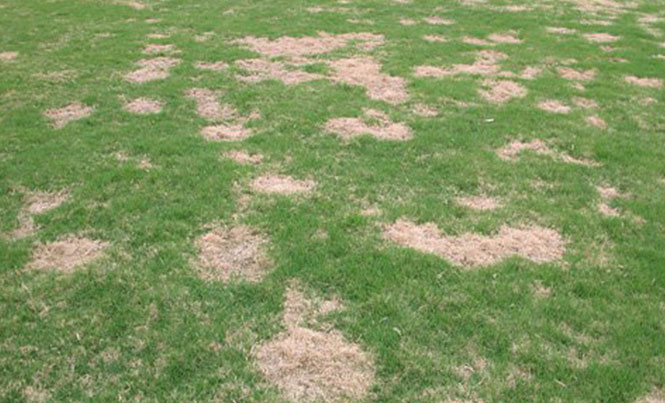
Looking for the perfect climbing vine for your shady garden? Our friends at Greenway Landscaping are here to help
Dear Landscaper:
My lawn has a lot of patches where the grass has died. What can I do and why is this happening?
Dear Reader:
These patches are tied to one of the reasons we love the Yucatan so much, cenotes. We are living on layers of limestone, which is an extremely porous rock and soil deficient. Erosion by rocks, wind and rain combined with the porous underlying rock deprive the grass of the soil it needs for continuous growth resulting in a patchy lawn.
To keep your lawn thriving, here is the easy solution:
- Every 2-3 months simply check the density of the soil in your yard. Look for uneven patches.
- Trim your lawn.
- Sprinkle black compost dirt over each patchy and or uneven area.
- Add fertilizer to the new soil.
- Rake the new soil to spread it evenly and allow it to reach the roots.
- Water all of the lawn and the patchy areas a few times each week.
Dear Landscaper:
We have a lot of shade in our yard but want to put a climbing vine on our walls. What is the best vine for the shade?
Dear Reader:
The vine best for shade is “telephone” there are four types of telephone. Ground cover has one and wall climbing has three types.
(1) Green leaf, leaves stay small and are green. (ground cover)
(2) Barigato, leaves are small white with green.
(3) Limon green, leaves are small and lime green.
(4) Julieta telephone, leaves get large and are pale yellow and green. These are best at climbing trees, and give a beautiful jungle feel to your space.
All telephone will grab and attach to your wall or tree so future painting can be difficult. We attach ours with chicken wire so we can pull down to paint without harming the plant.
Others like mandeville or copa de oro will do ok but not give the blossoms you hope for without the Sun. These will not attach to the wall and will need wire to keep them in place.